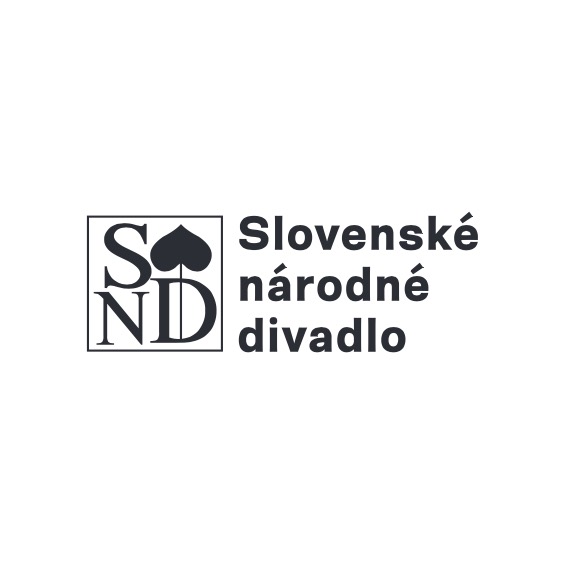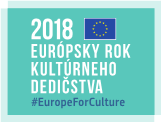The Ministry of Culture of the Slovak Republic is the central body of the state administration of the Slovak Republic for
- official language
- protection of the monument fund,
- cultural heritage and librarianship,
- art,
- copyright and related rights,
- cultural and educational activities and folk art production,
- presentation of Slovak culture abroad,
- relations with churches and religious societies,
- media and audiovisual,
- promoting the culture of national minorities
The Ministry of Culture of the Slovak Republic was established in 1969. The first Minister of Culture in the Government of the Slovak Socialist Republic within the Czechoslovak Socialist Republic was Miroslav Válek, who held this position until 1988. His successors in the following years were Pavel Koyš (1988-1989). Ladislav Chudík (1989-1990), Jozef Markuš (1990), Ladislav Snopko (1990 – 1992), Dušan Slobodník (1992 – 1994), Ľubo Roman (1994), Ivan Hudec (1994 – 1998), Milan Kňažko (1998 – 2002) ), Rudolf Chmel (2002 – 2005), František Tóth (2005 – 2006), Rudolf Chmel (2006), Marek Maďarič (2006 – 2010), Daniel Krajcer (2010 – 2012), Marek Maďarič (2012 – 2018), Ľubica Laššáková (2018 – 2020), Natália Milanová (2022 – 2023), Silvia Hroncová (2023).
Since October 25, 2023, Martina Šimkovičová has held the position of Minister of Culture.
On 1 July 2010, Act no. 37/2010 Coll., Amending and supplementing Act no. 575/2001 Coll. on the organization of government activities and the organization of the central state administration, as amended. With the entry into force of this Act, the competencies in the field of tourism were transferred from the Ministry of Economy of the Slovak Republic to a new central state administration body for the field of tourism, namely the Ministry of Culture and Tourism of the Slovak Republic. At the same time, the Slovak Agency for Tourism, a contributory organization, was transferred to the founding authority of the Ministry of Culture and Tourism of the Slovak Republic.
On 1 November 2010, Act no. 403/2010 Coll. amending Act no. 575/2001 Coll. on the organization of government activities and the organization of the central state administration, as amended. With the entry into force of this Act, the scope of support for the culture of national minorities under current generally binding legal regulations is transferred to the Deputy Prime Minister, who does not manage the Ministry, and tourism is transferred to the Ministry of Transport, Construction and Regional Development of the Slovak Republic under current generally binding legal regulations. The name of the Ministry is changed to the Ministry of Culture of the Slovak Republic.
The competencies of the Ministry have been formed since the beginning of its existence, when its activities were characterized not only by cultural and educational activities, art, cultural monuments but also by nature protection, publishing non-periodical press, implementation of copyright law and production and trade in culture. Its current operation is regulated by § 18 of Act no. 575/2001 Coll. on the organization of the Government of the Slovak Republic and the organization of the central state administration of the Slovak Republic, according to which the Ministry is the central body of the state administration of the Slovak Republic for state language, protection of monuments, cultural heritage and librarianship, art, copyright and rights related to copyright, cultural and educational activity and folk art production, presentation of Slovak culture abroad, relations with churches and religious societies, media and audiovisual, support for the culture of national minorities. The Ministry also methodically manages the activities of Slovak institutes abroad in the field of their cultural activities.
The Ministry of Culture of the Slovak Republic has been based since 1996 in the building of the former Tatra Bank in Bratislava, built between 1923 and 1925 according to the project of the builder and architect Milan Michal Harminc. The Tatra Bank Palace was originally intended for the multifunctional operation of the bank, shops and accommodation. However, since the mid-1950s, it has served several purposes, in addition to Czechoslovak Television, the Commission of Culture and the National Bank of Slovakia were located here.
Last update: 3. November 2023 / MKSR Admin







